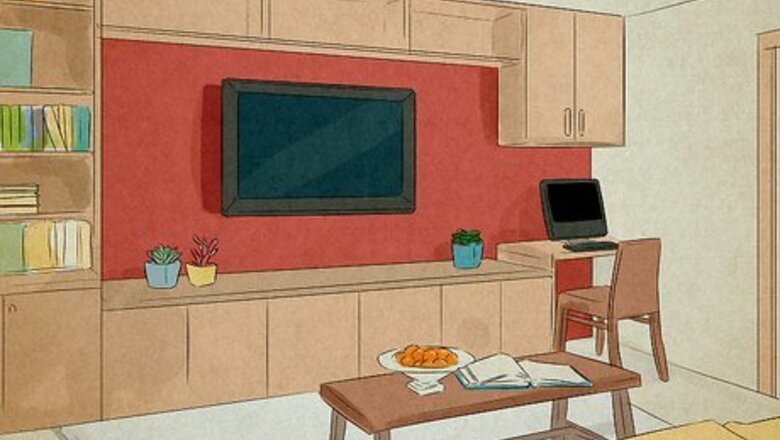
views
- Bright, warm colors (reds, oranges, yellows) stimulate energy and happiness while cool, subdued colors (blues, greens, purples) are soothing and calming.
- Bright, warm colors are best in rooms for entertaining like dining rooms or kitchens, while cool colors work best in relaxing spaces like bedrooms or even bathrooms.
- Color psychology (using colors to influence your mood and behavior) is a new science, and there’s some evidence it helps reduce stress, improve sleep, and more.
Mood Impact by Color
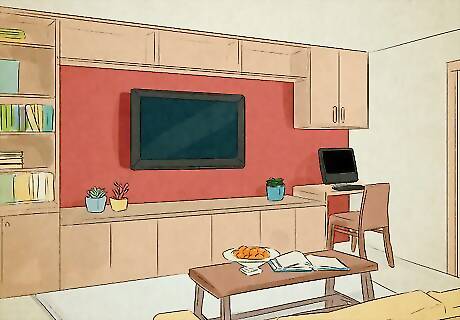
Red: love, passion, anger Red is one of the most intense, stimulating colors that raises a room’s energy. Muted shades can pique feelings of love, passion, and sensuality, while bright hues may trigger anger, strength, and power. It’s a warm, generally positive, motivating color that encourages people to act and gives shy, soft-spoken folks more confidence. A little red goes a long way—just an accent wall or a few items of decor are enough to invigorate you. Physical effects: Faster and more powerful reactions, higher blood pressure and heart rate, faster respiration Best in: Dining rooms, living rooms, entryways, kitchens, rooms for entertainment Worst in: Bedrooms, rooms where you want to relax
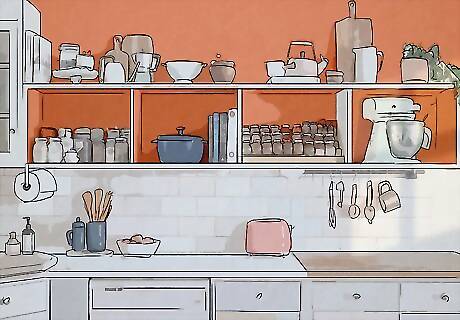
Orange: excitement, pleasure, abundance Orange is another stimulating color that can trigger feelings like enthusiasm and passion. Its revitalizing nature is also said to boost the amount of oxygen that goes to your brain, making you feel vivacious. Physical effects: Increased appetite and energy Best in: Exercise or play rooms, kitchens, living rooms, dining rooms Worst in: Bedrooms, rooms where you want to relax
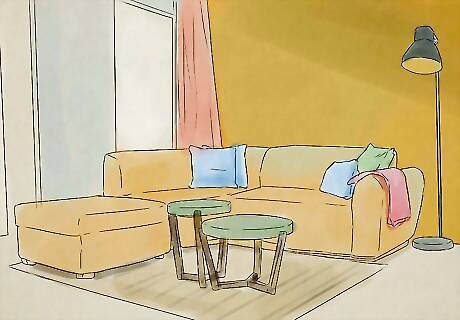
Yellow: joy, happiness, communication Yellow is another intense, motivating color that triggers feelings of happiness. It tends to bring out your intelligence, wisdom, and creativity and is the most optimistic, hopeful color (probably because it’s associated with sunlight). It’s light and playful in small doses, but can be overwhelming or anxiety-inducing in large amounts (especially if you’re already stressed). Lighter or pastel shades are less stimulating than bright hues. Physical effects: Better communication, sharper memory, enhanced neural activity, raised blood pressure and pulse Best in: Living rooms, bathrooms, kitchens, dining rooms Worst in: Bedrooms, nurseries
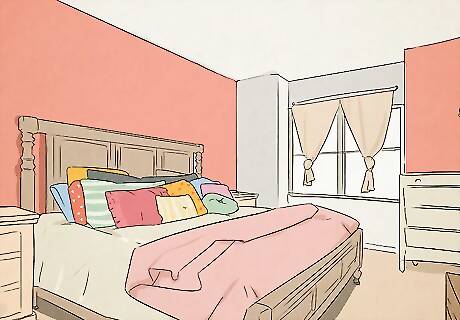
Pink: love and tenderness, innocence, optimism Pink is associated with kindness and love, and it’s believed to boost creativity and feelings of peace, calm, and hopefulness. Bright shades like fuchsia are linked to higher energy and confidence, while lighter shades give feelings of care and quiet strength. Pink is the calmest of the warm colors and has been used to soothe feelings of anger, resentment, or aggression (although too much can feel draining). Physical effects: Reduced physical signs aggression like high heart rate or blood pressure Best in: Offices, bedrooms, nurseries Worst in: Living rooms, kitchens, dining rooms

Green: balance, serenity, joy Green can improve your mood when you’re feeling sad, hopeless, or depressed because of its association with nature. It’s considered the most balanced color, and it’s usually the first color patients trying color psychology experiment with. It encourages you to be independent and make changes, as well as enhances feelings of love, joy, and inner peace. Green is also said to stimulate wisdom, hope, strength, and serenity, although shades too close to yellow may be anxiety-inducing for some people. Physical effects: Slower heart rate, preservation of energy Best in: Bedrooms, living rooms, kitchens, spas, bathrooms, screened porches Worst in: Playrooms or gyms
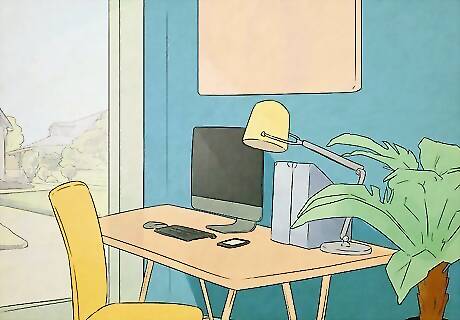
Blue: calmness, serenity, peace Blue has the opposite effects of red and is the most soothing color. Primary blue is used in therapeutic settings for meditation and relaxation because it helps you unwind, find peace, and become more comfortable expressing your inner feelings. It’s also associated with wisdom, creativity, and spirituality. Light blues are serene and can help with insomnia, while too much exposure to dark shades can trigger feelings of sadness, loneliness, or lethargy. Physical effects: Lower heart rate and blood pressure, lower body temperature, slower breathing, help with sleeping Best in: Bedrooms, bathrooms, offices, spas Worst in: Playrooms or gyms, kitchens, dining rooms, living rooms
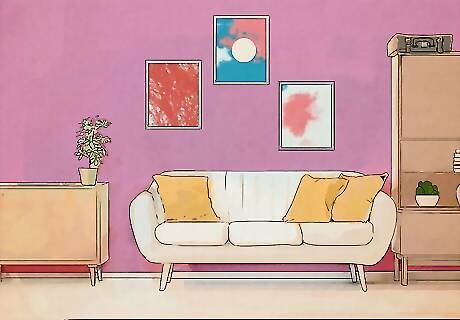
Purple: relaxation, imagination, calmness Purple is similar to blue in the way it makes you feel calm and relaxed. Lighter shades, like lavender, tend to feel more hopeful or optimistic while dark, rich shades inspire feelings of power or strength. It encourages introspection and creativity, and may also make you feel more sensitive and compassionate. Physical effects: Enhanced senses and self-awareness Best in: Bedrooms, offices, living rooms Worst in: Playrooms or gyms, kitchens, dining rooms

Brown: comfort, resilience, security Brown is a warm, grounding, neutral color that provokes a feeling of safety (probably since it’s a rich, earthy color). It doesn’t stand out much on its own, even though it can be used for entire walls or rooms. Brown reminds people of their basic necessities and important connections, like family and shelter. It blends well with most other colors and can add a sense of stability to bright, energetic hues like orange or yellow. Physical effects: Relaxation, increased tryptophan and serotonin levels Best in: Any room
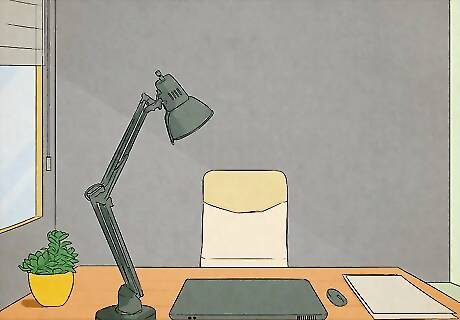
Gray: comfort, maturity, calmness Gray is the most neutral of neutrals and is associated with self-restraint or conformism at times, but also sleek sophistication and modern style. It has a calming, unemotional effect and can be somewhat draining on its own, but makes other colors stand out when used in combination. Darker shades of gray may make you feel edgier and moodier (similar to navy blue or black) while lighter shades feel more timeless and hopeful. Gray has less of an impact overall on your mood than other colors. Physical effects: Dampened mood or energy Best in: Any room
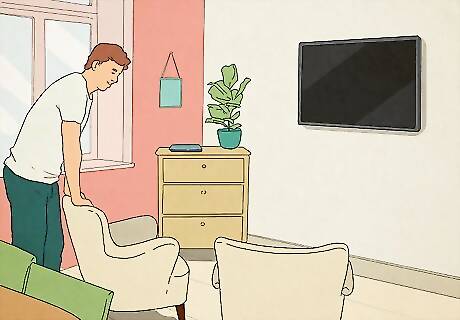
White: calmness, comfort, hope White is a light, neutral color associated with purity, innocence, and new beginnings. It has a decluttering effect and can make small spaces seem bigger, which can help stimulate your creativity and make you feel more refreshed and organized. However, too much white can feel sterile, harsh, or lonely. Physical effects: Enhanced focus and memory, uncomfortable or blinding feeling when it’s too bright Best in: Any room
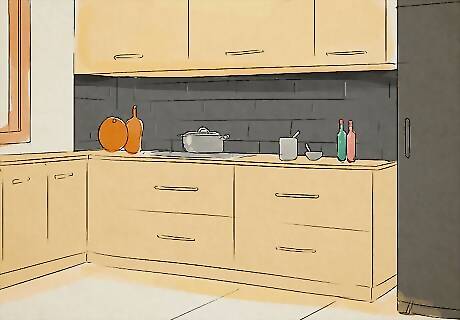
Black: strength, seriousness, negativity Black is commonly associated with evil, death, or the unknown, but in small doses, can look luxurious, elegant, and powerful. Black is also associated with positive traits like comfort. It is a bold color choice for a living space, though, so try using black in small amounts before committing to it as a wall color. Physical effects: Lowered energy, depressed mood, aggressive behavior Best in: Any room (as an accent)
Can color really affect your mental health?
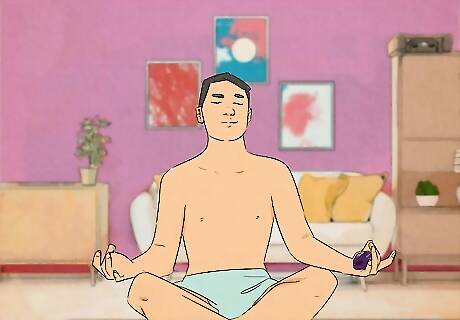
According to color theory, colors can soothe emotional problems. Also known as chromotherapy or color healing, color theory suggests that specific colors and their frequencies have a physiological and psychological impact on your feelings and behavior. For example, a stressed or angry person might expose themselves to the color blue to calm down and lower their heart rate, while a person with depression may look at reds and yellows to increase their energy. Color psychology works through simple exposure (for example, surrounding yourself with orange to increase your energy). In a guided therapy session, a practitioner may use projectors or special light bulbs to isolate specific wavelengths of colored light. Color theory has existed in some form or another since the time of the ancient Egyptians. It may also have roots in Eastern healing practices like balancing chakras, where each chakra (pools of energy inside the body) is associated with a different color.

There’s some evidence color theory works, but more research is needed. There aren’t many clinical studies that prove the effectiveness of color psychology, and the ones that exist are somewhat inconclusive. In one experiment, for example, the color blue was shown to tangibly reduce stress in participants who looked at it during a guided relaxation session. However, a control group that was exposed to white and guided through the same session also showed decreased stress. This shows that the placebo effect may play a large role in the effectiveness of chromotherapy. Essentially, if you believe that a color will calm you down or energize you, chances are that it actually will because you’re mentally primed to expect a result. While there are some “universal truths” about how certain colors affect the brain and body, each person’s response to a color may be different based on their experiences and cultural background. In general, color psychology hasn’t been proved to be more or less effective than other forms of mood regulation, like meditating or journaling.
Benefits of Color Psychology
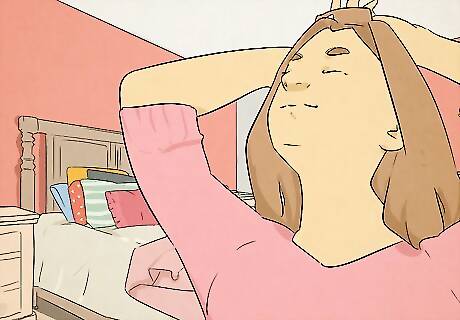
Better stress management and reduced anger Wearing or surrounding yourself in colors that calm and relax you makes it easier to cope with stress and work through feelings of aggression. When your environment makes you feel happy, energetic, and motivated, you’re less likely to be triggered by inconveniences, stressors, or negative feelings. Just a few brightly colored accessories or pops of color throughout your home are enough to elevate your mood.
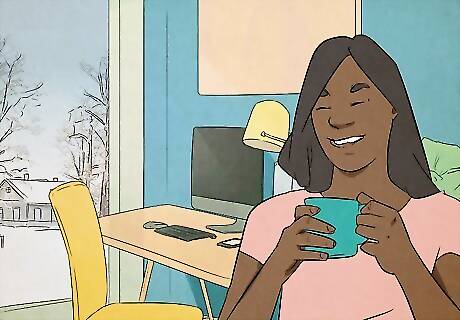
Decreased symptoms of seasonal affective disorder (SAD) Through exposure to bright, cheery colors during dark winter months, a person may feel more warmth and comfort in their home. This combats the low-energy, depressing mood some people feel during winter, when the days are shorter and exposure to natural colors like blues, greens, and yellows is limited. Some studies suggest these brighter colors can actually elevate your dopamine levels.
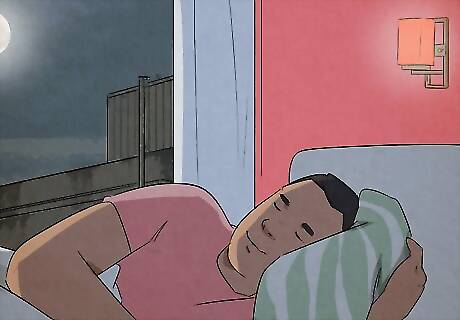
Improved sleep Exposure to colors can help regulate your circadian rhythm (your body’s internal clock), especially when it’s been affected by depression. This benefit has been studied largely through colored light—exposure to blue and green light is known to make it difficult to fall asleep since those colors are more present in daylight. However, red or amber light has been shown to increase (and possibly stimulate) melatonin production and aid sleep. If you’ve ever worn blue light-blocking glasses, you’ve participated in a form of color theory.

Better energy regulation Happy, bright colors can increase your mental activity and leave you feeling rejuvenated and energized. This is especially helpful for those dealing with depression or low energy. Conversely, exposure to dark, somber colors can help bring your energy levels down if you’re feeling overstimulated or frantic.
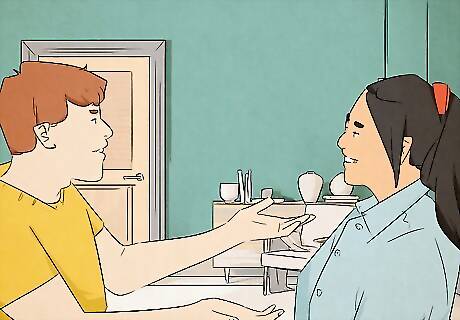
Improved communication and relationships When a person is surrounded by colors that inspire positive emotions, it makes them more open to socialization and opening up to others. This can deepen that person’s bonds with loved ones and encourage them to go out and meet new people as well. Conversely, being surrounded by dark or muted colors may make a person less communicative.












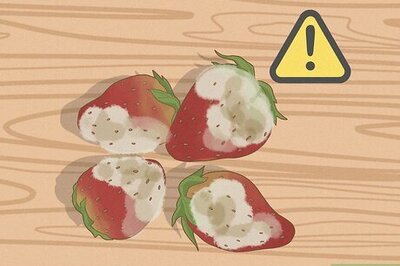






Comments
0 comment